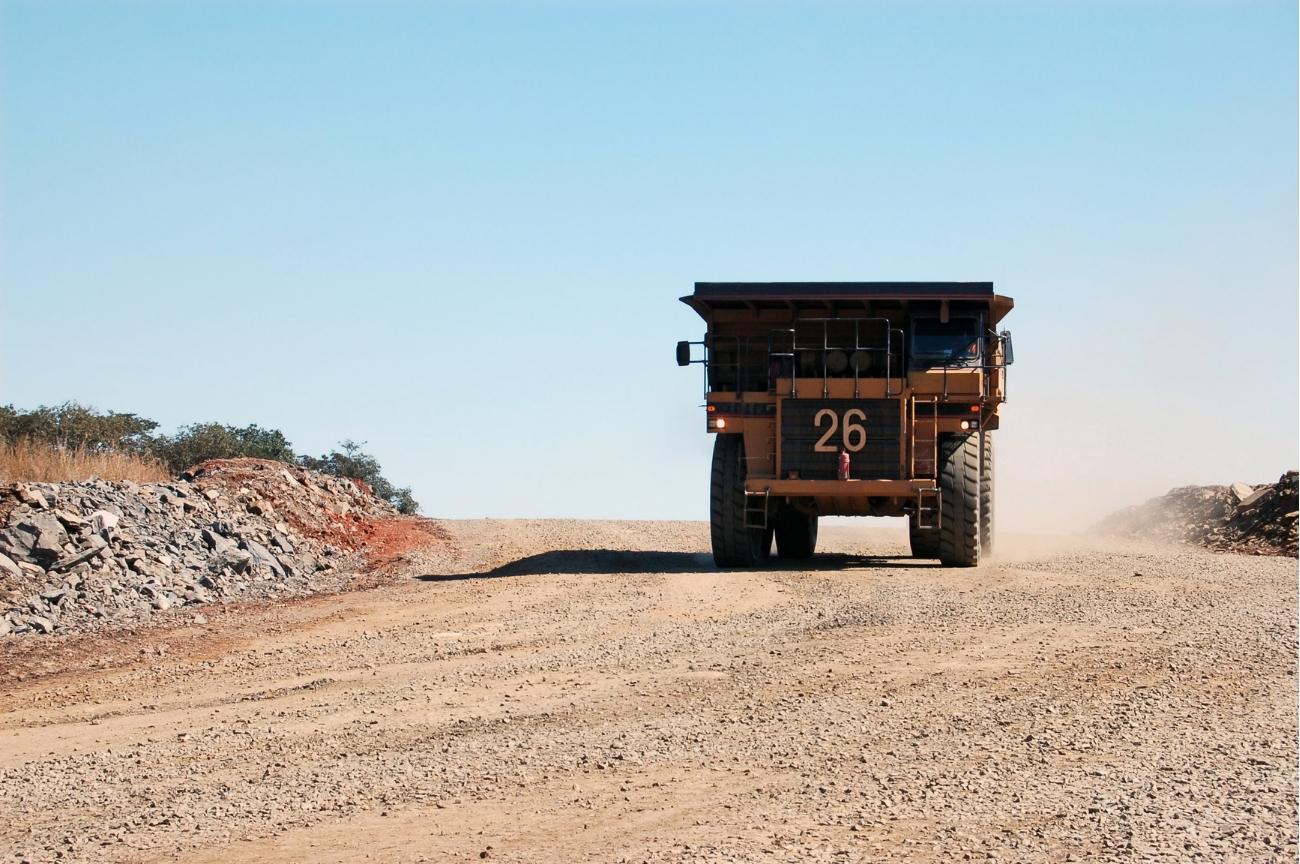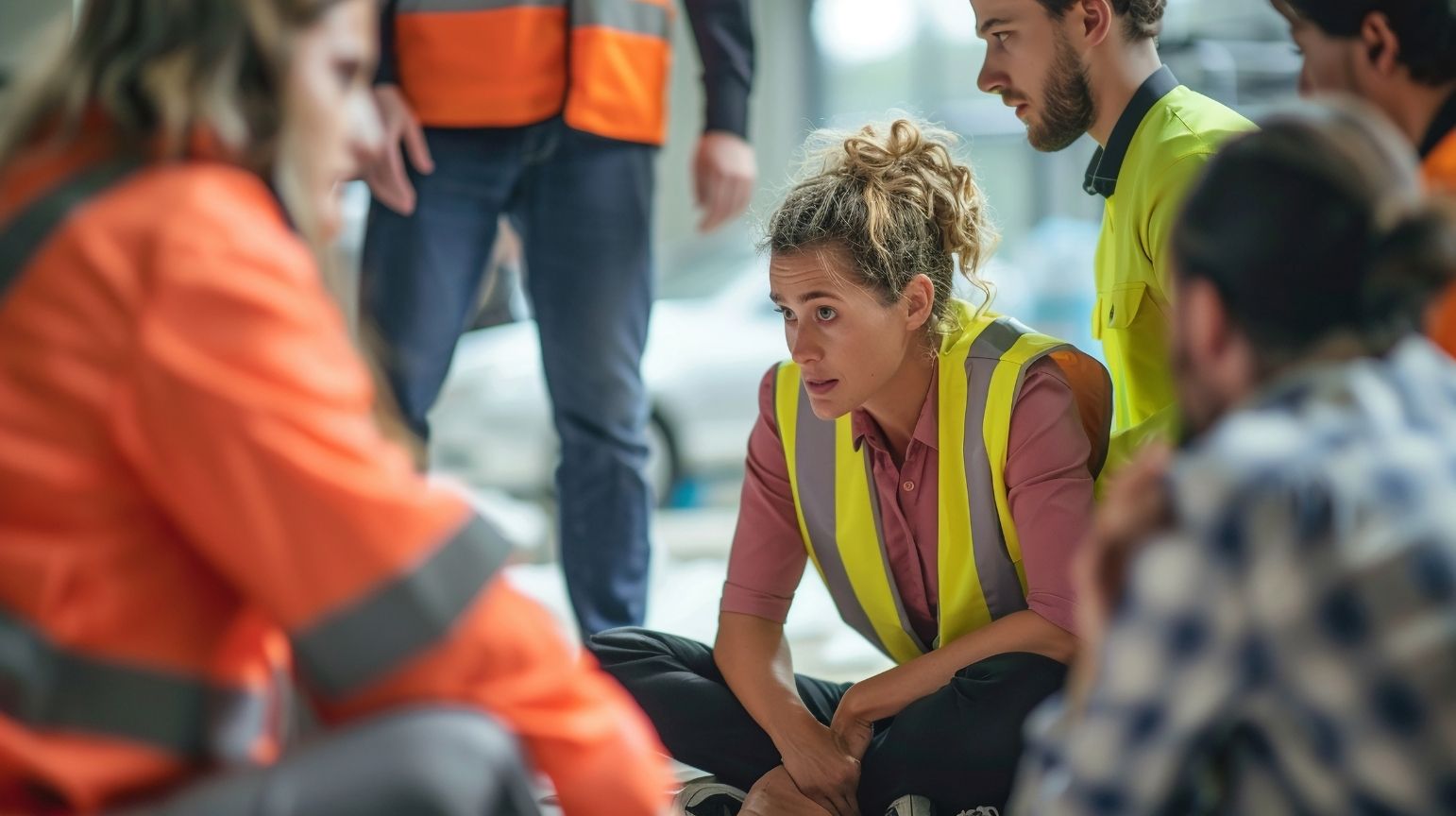Efficient material hauling is crucial in construction projects, ensuring that everything from gravel to concrete reaches its destination on time and within budget. Whether you’re a seasoned contractor or just starting out, mastering the logistics of material transport can save you money, minimize delays, and enhance overall project efficiency.
This guide will walk you through each step of effective material hauling, emphasizing strategies, tips, and best practices to optimize your construction hauling process.
Introduction
Effective material hauling is a vital part of any construction project. If done poorly, it can lead to significant delays and increased costs. Conversely, efficient hauling ensures that materials like gravel, concrete, and steel reach their destination on time. This is crucial for keeping projects running smoothly.
Goals of This Guide
The main goal of this guide is to streamline the hauling process. By implementing the right strategies, you can:
- Improve efficiency,
- Reduce expenses.
We will explore practical steps and proven tactics that can transform your material transport operations.
Benefits of Mastering Construction Hauling
By mastering the ins and outs of construction hauling, you not only save time but also boost your bottom line. Optimizing your hauling process can lead to:
- Timely deliveries,
- Reduced labor costs,
- Enhanced project coordination.
So, let’s dive into the essential steps to optimize your hauling process and make your next construction project a success.
Understanding the Construction Hauling Process
Construction hauling is the backbone of any successful project. Without effective hauling, materials won’t arrive on site when needed. This delay can halt progress, drive up costs, and frustrate everyone involved.
What is Construction Hauling?
Construction hauling refers to the transport of materials used in building projects. Whether it’s gravel, concrete, or steel, every component must be delivered precisely and efficiently. Proper hauling influences project timelines and overall success. A well-executed hauling strategy ensures materials are available when needed, which keeps the project on track.
Key Components of Effective Material Hauling
To optimize the hauling process, several key components come into play:
Planning and Scheduling
Effective planning lays the groundwork for a successful haul. Begin by identifying the materials required for your project. Create a timeline that outlines when each delivery should occur. This organized approach helps avoid delays.
Equipment Selection
Choosing the right equipment is vital. Trucks and trailers vary significantly in size and type, suited for different materials and distances. From dump trucks for bulk materials to flatbeds for longer items, make sure you select vehicles that can handle the specific needs of your haul.
Load Management
Proper load management ensures safety and efficiency. Consider weight limits and the specific type of materials you’re transporting. Secure loads properly to prevent shifts during transport, which can lead to accidents and material damage.
Route Optimization
Finding the most efficient route can save time and fuel. Map out your journey before starting. Account for factors like traffic patterns, road conditions, and any legal restrictions on hauling specific materials.
Regulations and Compliance
Always adhere to transportation regulations. You’ll need to be aware of weight limits, necessary permits, and any zoning laws that might affect your route. Understanding these regulations will prevent costly fines and delays.
By grasping these key components, you can streamline the construction hauling process. Understanding the importance of each element allows you to create a robust plan that saves time and costs in the long run.
In the next section, we’ll dive into planning your haul with a comprehensive pre-hauling checklist, ensuring you’re set up for success before the actual hauling begins.
Planning Your Haul: Pre-Hauling Checklist
Planning your haul is essential for a successful construction project. A pre-hauling checklist can streamline your process, ensuring everything is in place before you start. Here are the key steps to follow for effective planning.
Step 1: Define Your Material Needs
First, assess the materials you will need for your project. This could include gravel, concrete, wood, or steel beams. Evaluating your material requirements accurately is critical.
To estimate quantities, consult your project plans. Use measurements from your site and any architectural designs. It’s also beneficial to add extra materials to accommodate waste or unforeseen needs. 10–15% more is often a safe estimate.
Step 2: Choose the Right Equipment
Next, select the appropriate hauling equipment. Various vehicles cater to different materials. For example, dump trucks are perfect for loose materials like gravel, while flatbeds work well for heavy items like steel beams.
When choosing equipment, consider several factors:
- Capacity: Ensure the vehicle can handle your load without exceeding weight limits.
- Terrain: Evaluate whether your route involves rough or hilly areas, as this impacts vehicle choice.
- Availability: Make sure you have access to the right vehicles on the haul date.
Step 3: Develop a Comprehensive Hauling Plan
A well-structured hauling plan is vital. Start by creating a detailed schedule that outlines when each material will arrive on site. Also, consider contingency plans for potential delays.
For instance, if weather conditions might affect your haul, plan alternate routes or timelines. Communicate these plans clearly within your team. Make sure everyone understands their roles and responsibilities to ensure a smooth operation.
In summary, effective planning is the backbone of a successful construction haul. By defining your material needs, selecting the right equipment, and developing a comprehensive plan, you can set your project up for success. Following these steps helps minimize delays and boosts overall efficiency in your material hauling process.
The Gravel Hauling Steps: A Case Study
When it comes to construction, gravel is one of the staple materials. This case study outlines the key steps for hauling gravel efficiently, ensuring your project stays on track.
Assessing Gravel Requirements
Start by evaluating your project’s specific needs. How much gravel do you require? This often depends on the area to be filled or the foundation to be laid. Standard calculations can help you estimate quantities. A quick tip: always order a little extra to account for spillage or over-excavation. Better safe than sorry!
Selecting the Right Vehicle
Next, you need to choose the appropriate hauling vehicle. Dump trucks are popular for gravel transport due to their high capacity. But do consider the terrain. For muddy or uneven surfaces, smaller trucks may work better. Match the vehicle’s size with the volume of gravel and the local road conditions. This reduces the risk of delays and minimizes wear on your equipment.
Crafting a Haul Schedule
Creating an effective hauling schedule is essential. Identify peak traffic hours to avoid congestion. Plan your trips for times when roads are relatively clear. Each load should be timed precisely to keep the project on schedule. Don’t forget to build in buffers for unexpected delays. Construction schedules can be tight; having a solid plan can save you headaches down the road.
Ensuring Safe Loading Practices
Loading gravel properly is crucial for safety. Use the correct machinery to avoid manual lifting, which can lead to injuries. Ensure that loads are secure and evenly distributed to maintain vehicle stability during transit. This practice not only protects your crew but also helps prevent load spills on the road.
Executing the Haul
With everything in place, it’s time to execute the haul. Communication is key at this stage. Make sure drivers have clear instructions about their route and expected arrival times. Regular check-ins can help address potential issues on the road. Encourage your crew to maintain safety protocols throughout the process.
Unloading at the Destination
Once the gravel arrives at the construction site, unloading efficiently is just as important. Position trucks strategically to minimize travel distance when transferring materials. Proper unloading can prevent damage to the gravel and ensure it lands exactly where intended.
Review and Improve
After the gravel hauls are complete, take a moment to review the process. How did each stage go? Gather feedback from your team and drivers. Identify any hiccups and brainstorm solutions for next time. This will continuously improve your gravel hauling techniques.
By following these steps, you can ensure that your gravel hauling is effective and efficient, ultimately contributing to the success of your construction project. Embrace these best practices, and watch your logistics improve!
Material Transport Efficiency: Strategies for Success
Efficient material transport is not just about getting from point A to point B. It requires continuous monitoring and adjustments. By implementing certain strategies, you can enhance the effectiveness of your hauling operation.
Step 7: Monitor and Adjust in Real-Time
To ensure a smooth hauling process, track loads as they move. This critical step allows you to respond quickly to unexpected issues. For instance, if your truck encounters traffic delays, you might need to reroute. Notifications from GPS or routing software can help with this.
Communicate regularly with your drivers during transit. A quick check-in can clarify any complications and keep everyone on the same page. Additionally, make sure your team understands the importance of adherence to safety protocols. Keeping conversations open can reduce risks and enhance response times.
Step 8: Evaluate Performance Post-Haul
After each haul, take time to analyze its efficiency. Gathering data allows you to assess how well you handled time, costs, and material condition. Calculate the total time taken for the haul. Did you meet the deadline? If not, identify reasons for any delays.
Cost assessment is equally important. Did expenses exceed your budget? Understanding where you overspent can provide insight for future projects. Finally, check the condition of delivered materials. Deliveries free of damage are a clear indicator of effective handling throughout the process.
Best Practices for Future Hauling Projects
When it comes to hauling materials, every project teaches us something valuable. Analyzing past experiences can greatly enhance future efforts. Below are two vital steps to ensure continual improvement in your haul operations.
Step 9: Collect and Analyze Data
Start by documenting every hauling operation. Here’s what to keep track of:
- Types of materials transported
- Time taken for each job
- Challenges faced during each haul
This data will serve as a vital reference for future projects. Once you’ve gathered the information, it’s time to dig into it.
Find Patterns and Trends
Look for:
- Recurring issues
- Routes that cause delays
- Specific materials that lead to challenges
Analyzing these trends helps identify areas for improvement.
Utilize Software Tools
Using software tools can streamline your data collection and analysis. Many specialized apps allow for:
- Easy tracking of loads
- Logging times
- Calculating costs
By leveraging technology, you can effectively align your hauling strategies with real-world performance.
Step 10: Continuous Improvement in Material Hauling
Regularly revisiting and updating your hauling plans is crucial. This adaptability helps you respond to changes in your projects, such as:
- New materials
- Logistics challenges
Stay Updated on Industry Trends
Keeping an eye on industry trends is essential. New technologies can significantly boost efficiency. Consider integrating the latest advancements into your operations.
Invest in Team Training
Investing in training for your team will pay off. Equip them with:
- The latest best practices
- Safety training
This not only reduces risks but also enhances overall efficiency.
Foster Team Communication
Incorporating feedback from your team is another key aspect. Encourage open communication to create a culture of continuous improvement. When your team feels heard, they’re more likely to provide valuable insights.
Emphasize Progress Over Perfection
Remember, the goal isn’t perfection but rather progress. Each haul offers lessons that, when applied, make your next project smoother and more cost-effective.
By analyzing data and committing to continuous improvement, you’ll enhance not just your hauling practices but also the overall success of your projects.
Conclusion
Efficient construction material hauling is vital for the success of any project. As we’ve outlined, each step plays a crucial role in ensuring materials reach their destinations safely and on time. From defining your material needs to optimizing loading techniques, every action counts.
First, a solid foundation begins with planning. Evaluate your material requirements accurately. This sets the stage for determining the right equipment and routes. Remember, selecting the right tools for the job can significantly impact hauling efficiency.
Next, don’t overlook the importance of a comprehensive hauling plan. Effective scheduling not only keeps your project on track but also prepares you for surprises along the way. When you’re ready to haul, monitor loads in real-time. Stay in touch with your team, and don’t hesitate to adjust your plans if unexpected challenges arise.
Finally, always evaluate your performance after each project. Take the time to analyze what worked and what didn’t. Keeping detailed records helps spot trends and areas for improvement. Instilling a culture of continuous improvement in your team fosters growth and enhances efficiency in future projects.
By implementing these strategies, you can streamline your construction material hauling process. Doing so will not only satisfy project timelines but also reduce costs significantly. Apply these insights to your next project and experience the benefits for yourself.
Your journey in construction hauling doesn’t end here. Embrace the opportunity to learn from each experience. Share your successful strategies and challenges with your peers, creating a community focused on improvement. Happy hauling!







